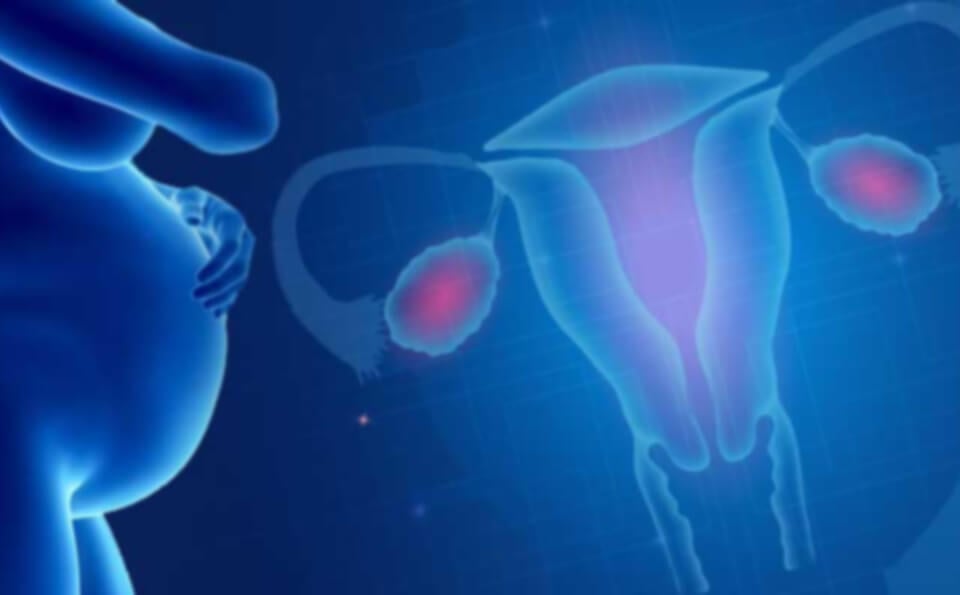
Developing Safe Techniques for Uterus Transplants
Surgeons are working to perfect their techniques—to ensure they are safe, ethical, and efficient—in the hopes of making motherhood a reality for women who may have never dreamed it could be possible for them.1
When women lack a uterus.
Women who are candidates for a uterus transplant have what's called absolute uterine factor infertility (AUI). This means they either lack a uterus—sometimes since birth—or their uterus doesn't function correctly—sometimes from infection or damage during surgery. AUI affects thousands of women, as many as 1 in 5 hundred reproductive-aged women.2
In the past, these women relied upon adoption or surrogacy. But as technology improves and surgical experience grows, they may also become candidates for uterus transplants. The uterus may come from either a living or a deceased donor during a procedure that involves multiple surgeries and powerful medications.
Evolving transplant techniques.
Speaking at the PCRS Annual Meeting, Rebecca Flyckt, MD, director of the Fertility Preservation and Cancer Program at the Cleveland Clinic, described technical aspects of the procedure, as well as the risks, benefits, and ethics of using a living versus a deceased donor.
Techniques include establishing bilateral end-to-side vascular connection between the donor's uterine artery and vein and the recipient's external iliac vessels. Connection to the recipient's vagina is done only after this is complete, as well as reperfusion of the donor uterus is observed.
In addition, Dr. Flyckt emphasized other considerations, such as the necessity of an experienced multidisciplinary team that has performed preclinical work, ideally in animals, and sufficiently practiced the procurement of organs. Physicians must also take care in selecting donors without a history of infertility or uterine malformations.3,4
With the first U.S. uterus transplant at Baylor University Medical Center in Dallas, surgeons made two modifications to techniques used by others in previous procedures. First, they were able to sustain the pregnancy using only the utero-ovarian vein as venous outflow. With this simplification, they paved the way for minimally invasive and robot-assisted techniques that can be used for the donor's hysterectomy. In addition, they significantly shortened the time from transplantation to embryo transfer, also shortening the recipient's exposure to immunosuppression drugs, which can cause severe side effects.1
Continued experimentation in animals.
Uterus transplantation still faces technical, therapeutic, an immunologic challenges currently limiting its use. Therefore, many researchers are continuing research in animals to help perfect techniques. This includes investigating a variety of methods to perfect:
- Anesthesia
- Procurement and placement of the graft
- Antibiotic therapy
- Flushing of the graft
- Resection of the recipient's uterus
- Vascular reconstruction5
Widespread acceptance.
One challenge uterine transplants don't appear to face in the U.S. is acceptance. A survey conducted among Americans examined the attitudes of the public about uterus transplantation. With a sample of 1,337 individuals, it found that the vast majority—78 percent—supported the idea of a uterine transplant, finding it an ethical solution for this type of infertility.6
Sources:
- Testa G et al. Am J Transplant.2018;18(5):1270–1274. https://www.ncbi.nlm.nih.gov/pubmed/29575738
- Flyckt RL et al. J Obstet Gynaecol Can.2018;40(1):86–93. https://www.ncbi.nlm.nih.gov/pubmed/28821413
- Flyckt RL et al. Fertil Steril.2017;107(3): e13. doi: 10.1016/j.fertnstert.2016.12.009. Epub 2017 Feb 8. https://www.ncbi.nlm.nih.gov/pubmed/28189293
- Flyckt RL et al. Obstet Gynecol.2016;128(4):837–842. https://www.ncbi.nlm.nih.gov/pubmed/27607877
- Arvin J et al. Experimental and Clinical Transplantation.2017;16(2):119–126. http://www.ectrx.org/
- Hariton E et al. J Minim Invasive Gynecol.2018. pii: S1553-4650(18)30153-5. [Epub ahead of print.] https://www.ncbi.nlm.nih.gov/pubmed/29524724
Categories
About the Blog
Welcome to the Pacific Fertility Center Blog! Nationally and internationally recognized for providing exceptional reproductive care, our team believes in empowering people with the knowledge they need to navigate their unique fertility journeys.
From information on the latest fertility treatments to valuable insights on egg donation, surrogacy, and everything in between, the Pacific Fertility Center Blog is your ultimate resource for all things reproductive care and support. Read on to learn more, and contact us today if you have any questions or want to schedule a new patient appointment.

